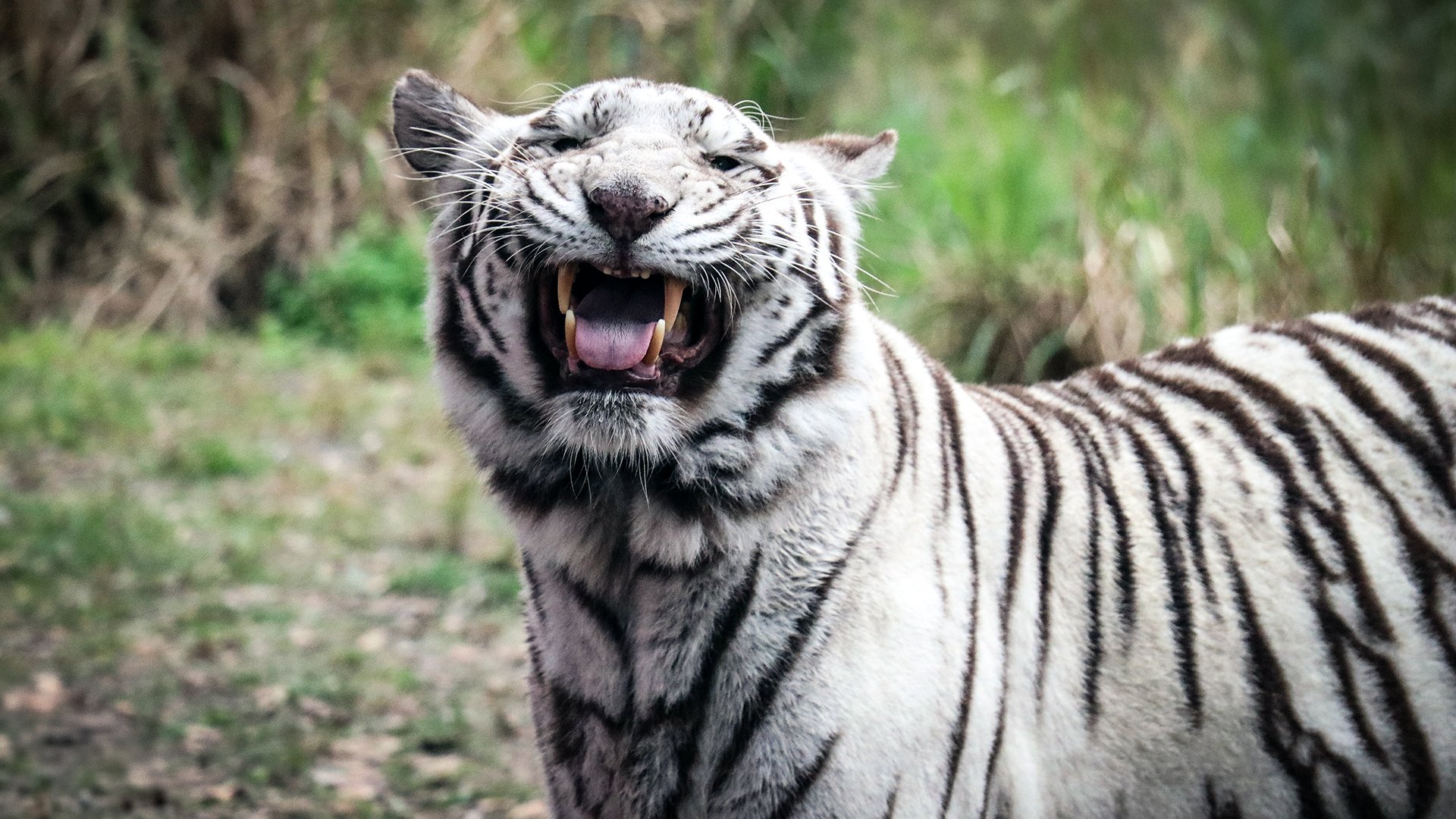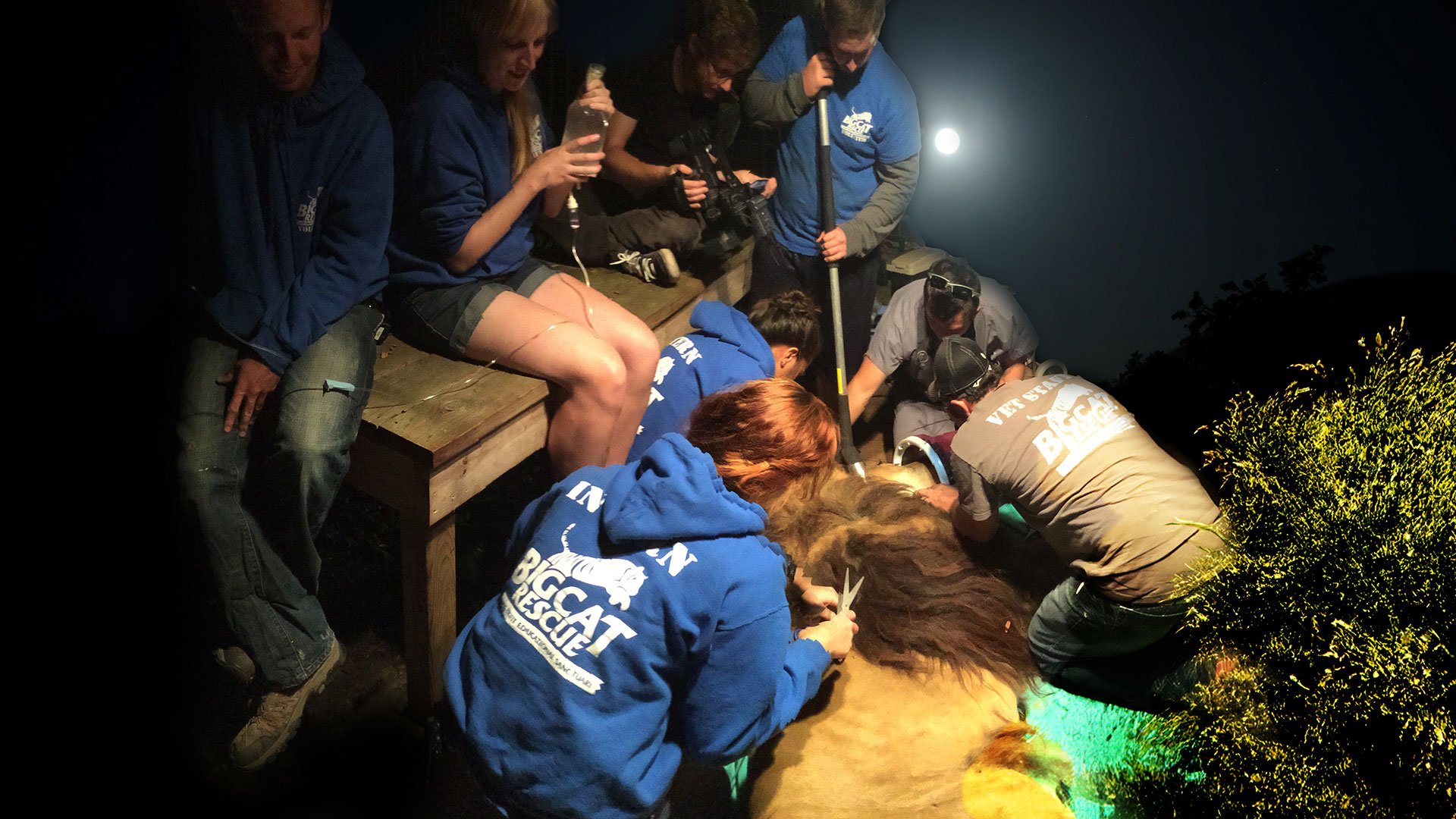Born to Be Wild: Why Clouded Leopards Don’t Belong Behind Glass
On July 18, the Nashville Zoo announced the birth of a rare clouded leopard cub. The press release painted a picture of hope—a “critical” birth for a species in steep decline, and an invitation for visitors to watch the cub “grow up through the windows” of their veterinary center.
But behind the glass, there’s a harder truth: clouded leopards are among the most fragile and timid of all the wild cats. They are exquisitely adapted for life in the dense, quiet forests of Southeast Asia, where they spend much of their lives in the canopy, avoiding danger through stealth and seclusion. In captivity, the very conditions zoos offer—constant noise, artificial enclosures, the gaze of strangers—become a prison that chips away at their natural instincts and well-being.
The zoo claims that hand-rearing is necessary because mothers sometimes kill or neglect their cubs in captivity. What’s left unsaid is why this happens. In the wild, a mother clouded leopard will fiercely protect and nurture her young. But in the stress-saturated confines of captivity, the calculus changes. Surrounded by alien sounds, sights, and smells, with no escape from the presence of humans, her body tells her the environment is unsafe for raising young. In a heartbreaking act of instinct, she may end her cubs’ lives—saving her own energy in the hope that the next birth might happen in a safer place. That “safer place” does not exist in a zoo—it exists only in the wild.
Hand-rearing isn’t a conservation triumph—it’s a workaround for the damage captivity inflicts. And pairing young cubs so they “get used to human interaction” doesn’t prepare them for freedom; it prepares them for a lifetime in cages, permanently severed from the forests they evolved to inhabit.
Clouded leopards are listed as Vulnerable in the wild, with perhaps only 10,000 remaining. They face real threats—deforestation, poaching, and the illegal wildlife trade. But breeding them for a life behind bars doesn’t address those threats; it distracts from them. Every dollar spent on captive breeding for display could instead protect the forests of Borneo, Thailand, and Nepal where wild clouded leopards still breathe free.
And make no mistake—public fascination with seeing cubs up close fuels the very cycle that keeps these cats in captivity. When visitors line up for a peek through the glass, they reward the breeding programs that keep producing animals destined never to climb a real tree, stalk wild prey, or vanish into the jungle shadows.
If you truly love clouded leopards, the answer isn’t to go see them—it’s to stand up for their right to live wild. Support organizations like Big Cat Rescue, which supports the Clouded Leopard Working Group who are protecting their native habitats. Refuse to buy into the myth that zoos are saving them by caging them.
And speak out: people who love wild cats don’t breed them for life in prison.
These cats were born to live beyond the glass. Let’s keep them there.




